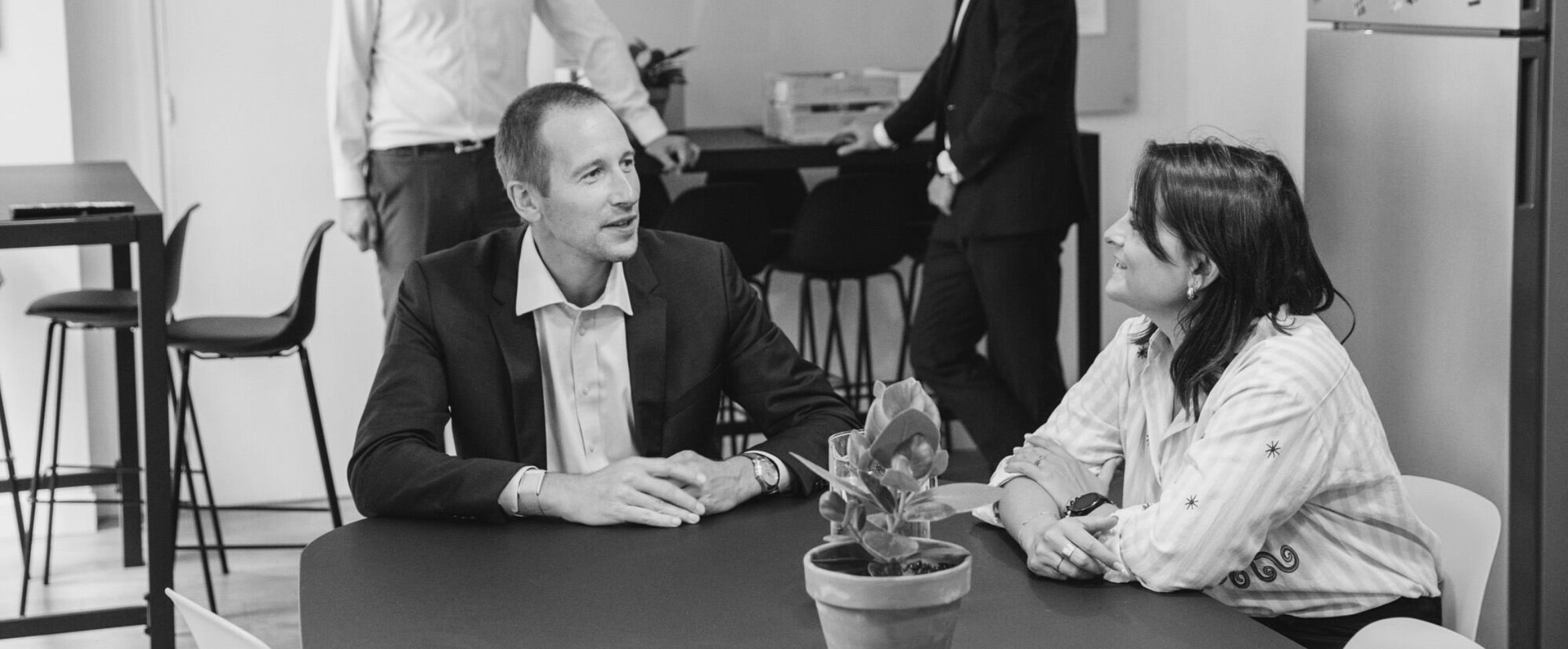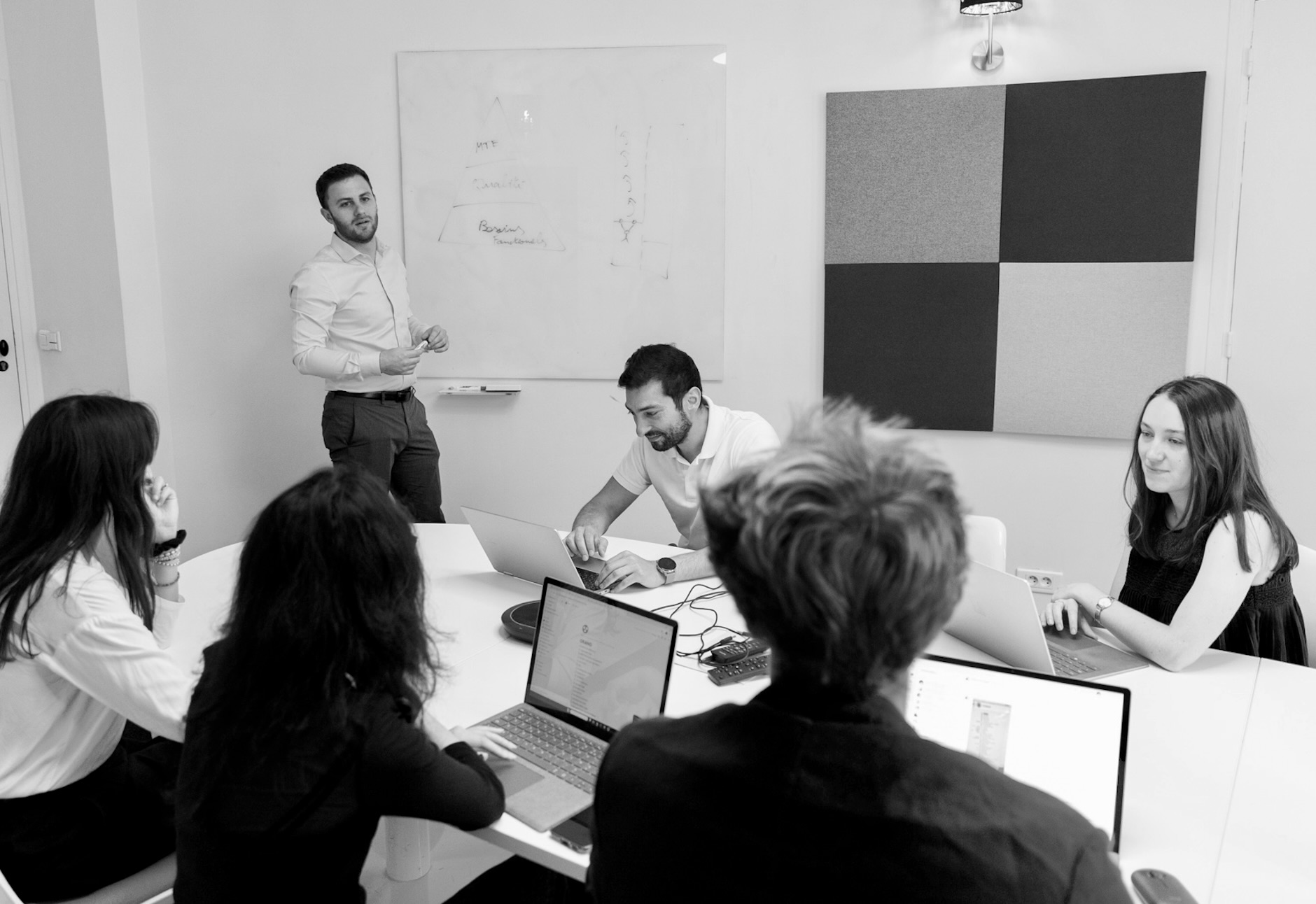For a long time, Strategic Workforce Planning followed a mostly administrative logic.
It helped structure medium-term workforce forecasts and formalize career paths in neat, well-organized HR documents.
But that world of stability and predictability is gone.
Today, organizations evolve in a constantly changing environment — where jobs transform faster than job descriptions can be updated, and where critical skills are both highly valuable and increasingly elusive.
In this context, Strategic Workforce Planning goes far beyond its traditional planning role.
It becomes a true strategic management tool — one that strengthens organizational resilience and supports sustainable performance.
💡 Preserving Critical Skills: a vital yet often invisible challenge
Behind every organization lie unique know-how and expertise. These often go unnoticed — until they disappear.
These are the critical skills. For example, an experienced maintenance technician who knows every corner of an industrial plant. Or a functional analyst who can translate business needs into clear IT specifications. They form the quiet backbone of daily operations.
A resignation, a restructuring, or an unexpected technological shift can sometimes make an entire activity wobble.
Strategic Workforce Planning must now make it possible to identify these vital skills. It must anticipate how they evolve and retain the talents who hold them — before they become organizational vulnerabilities.
🛠️ A new generation of SWP: from diagnosis to co-construction
To achieve this, Strategic Workforce Planning relies on a combination of complementary levers:
-
Skills mapping to visualize internal strengths and weaknesses,
-
Succession planning and intergenerational knowledge transfer to ensure continuity,
-
Mentoring, documentation, and knowledge management initiatives,
-
And HR analytics to detect areas of tension and anticipate future developments.
But beyond tools and data, the success of SWP is rooted in a core belief: it must be co-constructed.
Involving managers, employees, and HR teams ensures buy-in and legitimacy.
It also brings SWP back into a constructive dialogue, where the company and its people jointly steer their professional future.
🔭 Anticipation: securing careers and employability
Turning Strategic Workforce Planning into a lever for resilience means making anticipation a shared reflex.
As a result, jobs evolve, technologies accelerate, and today’s skills won’t necessarily match tomorrow’s requirements.
Consequently, the challenge is to maintain long-term alignment between human resources and critical business needs — all the while ensuring that every career remains secure and meaningful.
In other words, it’s no longer just about avoiding forced transitions; instead, it’s about preparing for them — transforming them into opportunities and helping every employee remain in control of their own employability.
🧭 SFIA: A framework to manage “skills risk”
This is where SFIA (Skills Framework for the Information Age) offers a concrete answer.
This international framework structures skills, assesses levels of mastery, and maps the interdependencies between human know-how and technical resources.
By integrating SFIA, Strategic Workforce Planning gains a genuine management tool capable of:
-
Identifying critical skills by role — whether it’s a developer mastering a rare language, a technician familiar with a unique piece of equipment, or a project manager skilled at navigating complex environments;
-
Prioritizing actions, such as organizing targeted training, planning recruitment for high-demand skills, or enabling internal mobility to secure key expertise;
-
Tracking skill evolution over time — not only at the individual level but also by projecting future needs based on business transformations, strategic directions, and technological trends.
In short, Strategic Workforce Planning no longer just captures the present state — it becomes a forward-looking tool that informs HR and managerial decisions for the medium and long term.
🔐 Secure before you recruit
In a market where attracting talent is becoming increasingly difficult, true HR performance lies not so much in the ability to hire quickly, but rather in the capacity to preserve and grow what already makes the company strong.
In this sense, making Strategic Workforce Planning a genuine strategic lever means ensuring the continuity of knowledge, fostering the agility of professions, and securing career paths across the organization.
Ultimately, tomorrow’s HR success will likely be measured less by how fast we hire, and more by how effectively we nurture, protect, and transform the skills we already possess.





